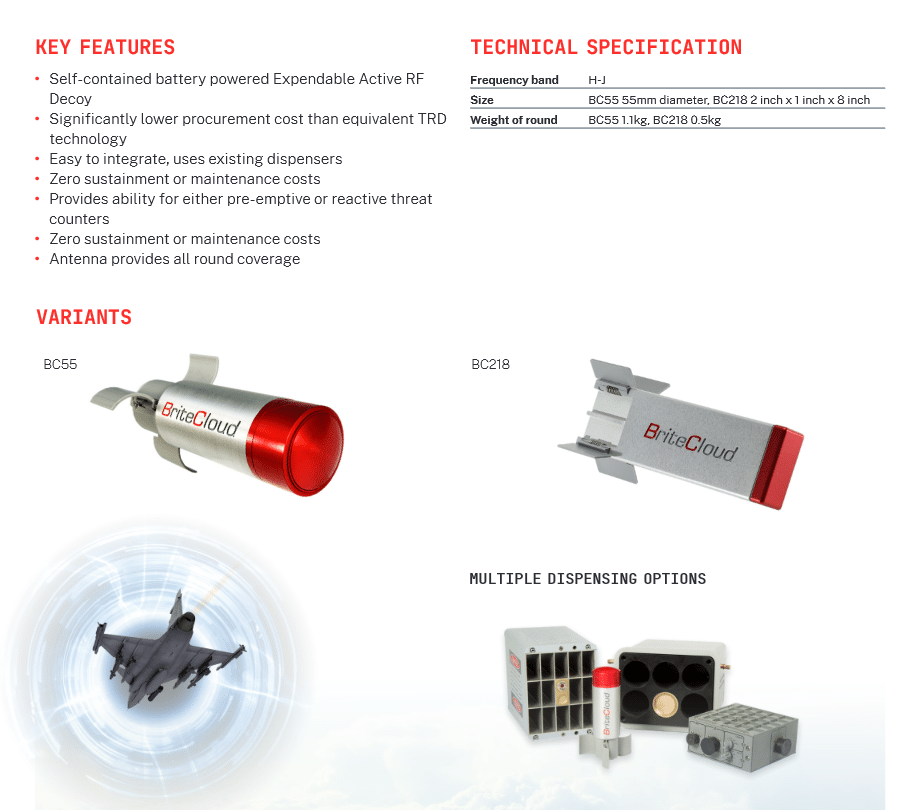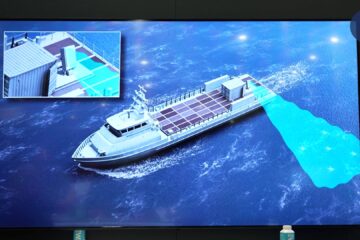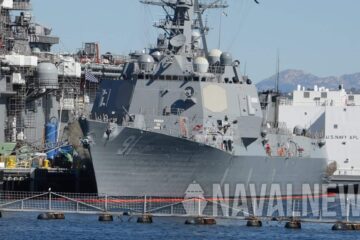The US Navy recently issued an updated Request for Solutions (RFS) notice, seeking to develop a freefall Radio Frequency Countermeasure (RFCM) decoy system.
The notice states that the service is interested in an Active Expendable Device (AED) that has broadband coverage and is capable of being used against networked sea-, air- and land-based Integrated Air Defense Systems (IADS) with coherent radars.
Furthermore, the notice states that, “the RFCM AED must prevent radar-guided munitions or their effects from damaging aircraft, and these devices shall have the ability to produce an optimal survivability solution against the most advanced threats.”
The Navy currently uses the RT-1489/ALE Generic Expendable (GEN-X) as its main active dispensable decoy. The GEN-X is a small air launched decoy that provides end-game off-board jamming against guided missiles.

The system uses gallium arsenide monolithic microwave integrated circuits, which allow it to be user programmable to a limited extent. The gallium arsenide integrated circuits also allowed the system to be miniaturized without sacrificing performance. Thus allowing it to be launched from the AN/ALE-39 Countermeasure Dispensing Set, which is mainly used to launch chaff and flares.
However, GEN-X was developed in the 1980s and is now over 40 years old. The Navy is initiating this effort in order to procure a new active expendable device that will replace the GEN-X.
Aside from better broad band performance, the Navy wants AED to provide expanded user programmability capabilities over GEN-X and to utilize Digital RF Memory (DRFM) technology. The new decoy also needs to be compatible with the AN/ALE-47 Airborne Countermeasures Dispenser System (CMDS).
Leonardo’s BriteCloud 218, for example, is a system that meets most of these requirements and will likely be one of the potential offerings. The 218 variant is designed to fit in the standard 2x1x8 inch countermeasure dispensers such as the AN/ALE-47. The system was recommended for fielding by the Air National Guard for its F-16s following the completion of a Foreign Comparative Testing (FCT) program for the system.

Potential offerors have until the 25th of March to respond to the RFS. The Navy intends to issue an Other Transaction Agreement (OTA) following an evaluation of the solutions offered by industry. It remains unclear whether the Navy will issue a single OTA or multiple.






